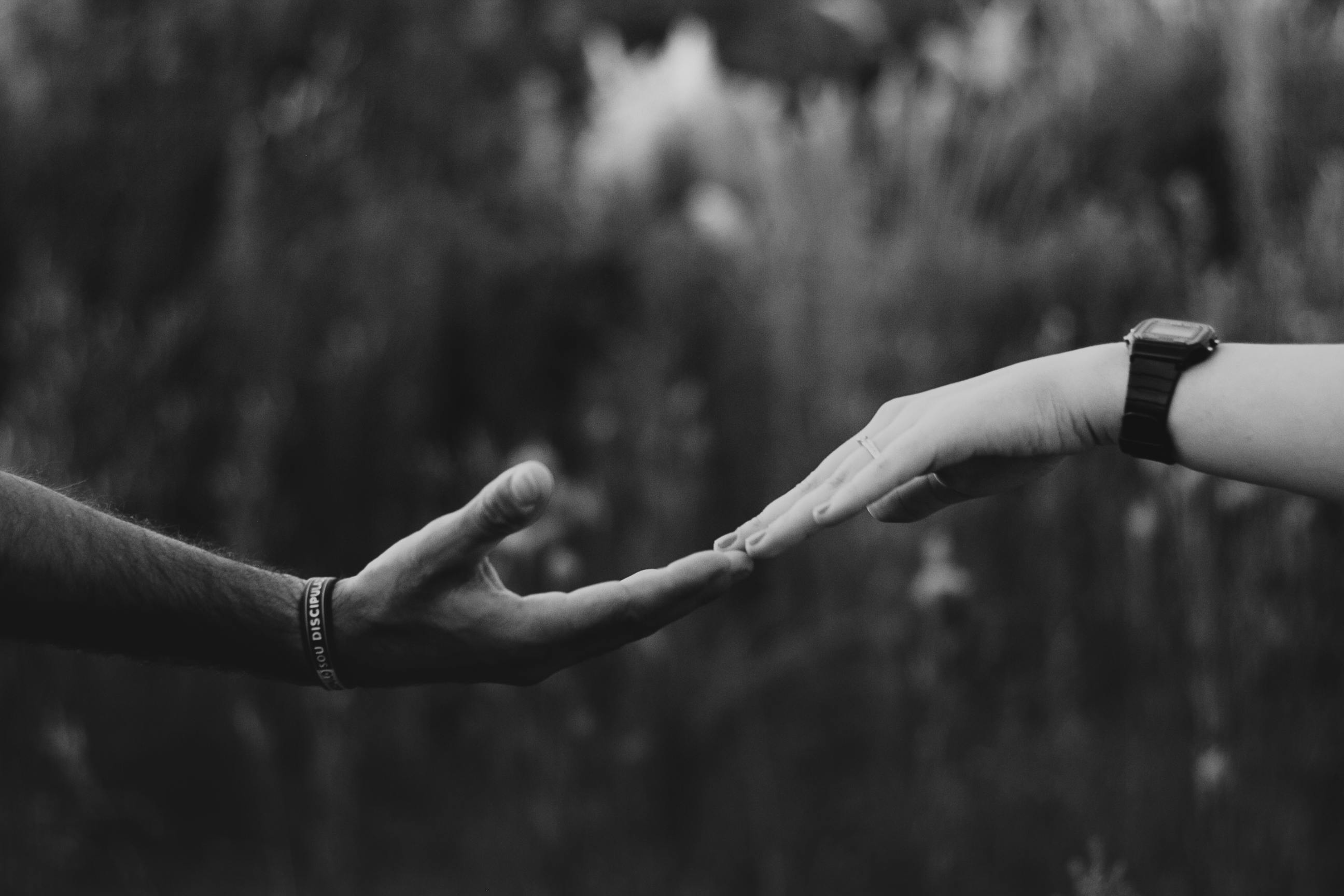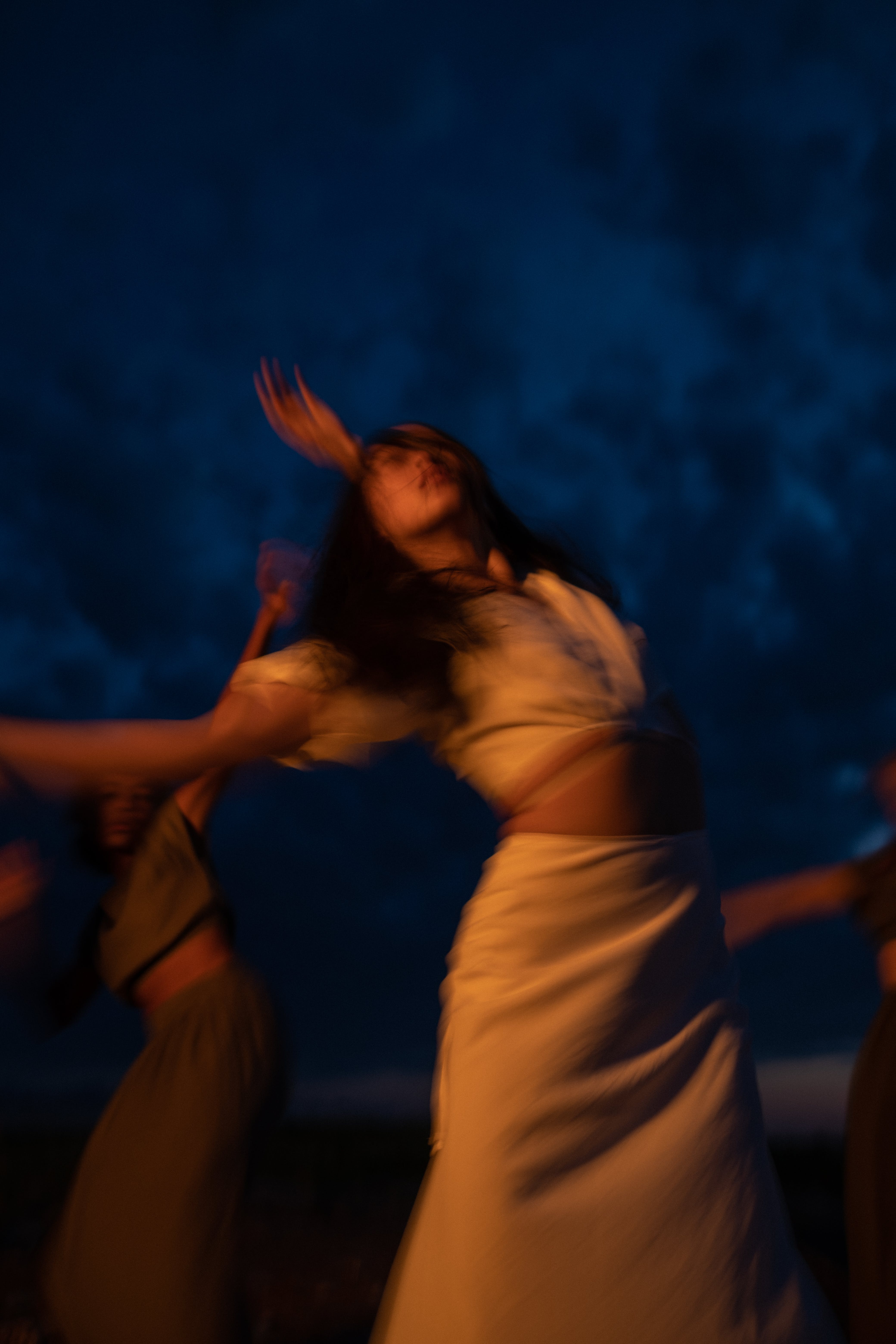
Apply Now


How to Properly Draw an Easter Bunny: Essential Tips for 2025
Drawing an Easter bunny is a delightful way to celebrate the holiday while tapping into your artistic skills. Whether you're a beginner or have some experience, learning how to draw an Easter bunny can be both fun and rewarding. The Easter bunny is not only a symbol of Easter joy but also a beloved character in many children's books and decorations. Understanding the basics of bunny proportions, playful expressions, and festive coloring can enhance your drawing experience. In this article, we will cover a range of techniques from basic shapes to final touches that will make your Easter bunny sketches come alive. To make the learning process easier, this guide is structured in a step-by-step format. You'll discover helpful tips, drawing techniques, and even some creative ideas for your Easter art projects. By the end of this tutorial, you will be able to create your own cute Easter bunny drawing that can be used in cards, crafts, or just for fun! Let’s hop into it!Essential Supplies for Bunny Drawing
Before you start your bunny drawing journey, it’s important to gather the right art supplies. Having the necessary materials at your fingertips can significantly improve your drawing experience. The following items are recommended:A Variety of Pencils
Using multiple pencils ranging from 2B to 8B allows you to experiment with different line qualities. This can help you add depth and texture to your drawing. A lighter pencil will be perfect for sketching, while a darker pencil can be used for outlines and details.High-Quality Paper
Select a suitable paper that supports erasing and layering. Heavyweight sketch paper or mixed media sheets work well as they can withstand multiple pencil strokes and the application of color.Coloring Tools
To bring your Easter bunny to life, consider using colored pencils, markers, or watercolor paints. Each medium offers a unique effect. For example, colored pencils allow for intricate detailing, while watercolor can give a lovely blended appearance. Building on these fundamental supplies, let’s dive deeper into the drawing process!Basic Shapes for Bunny Drawing
To begin any drawing, understanding the basic shapes involved is crucial. This foundational step simplifies the drawing process and allows you to focus on proportions and details later.Constructing the Bunny’s Body
Start with an oval for the bunny's body and a smaller circle for the head. These geometric shapes form the basis of your bunny's structure. Adjust the sizes according to the look you want—perhaps a chubby bunny or a slim one.Add Ears and Legs
Next, attach long, floppy ears to the head using elongated ovals. The legs can be indicated with smaller ovals or rectangles depending on the pose you want your bunny to adopt. This stage of the bunny drawing also introduces some character: upright ears can indicate alertness, while floppy ears can suggest a playful demeanor.Incorporating Facial Features
Don’t forget the face! A simple combination of circles and lines will help you outline key features like the eyes, nose, and mouth. Delve into what makes the bunny’s expression special: is it a silly smile or a curious gaze? With these basic shapes in place, you’re on your way to crafting a delightful Easter bunny sketch. Let’s explore the next step that involves detailing!
Detailing Your Easter Bunny Drawing
Now that you have the basic shapes outlined, it’s time to add details that will make your drawing truly stand out. Details are essential as they bring life and personality to your creation.Fur Texture Techniques
To create the illusion of fur, you can employ various pencil techniques such as short, sharp strokes or smooth shading. Layering your pencil strokes creates texture and depth, giving your bunny a soft, cuddly appearance. Remember, the direction of your strokes should follow the contours of the bunny's body.Facial Expressions
Facial expressions can completely alter the mood of your bunny. Experiment with different eye shapes and mouth positions to create emotions. Soft, round eyes will convey innocence, while narrow eyes paired with a cheeky grin can bring playfulness to your character.Accessories and Background Elements
To give your bunny a festive touch, consider adding accessories like a bow tie, a basket filled with eggs, or flowers. Background elements can also enhance your piece; think of grass, daisies, or even a cheerful Easter landscape. As you add these features, it's vital to maintain a balanced composition. This leads us to how color can amplify your bunny's presence in this artwork.Coloring Techniques for Your Easter Bunny
Coloring your Easter bunny can take your drawing from simple to extraordinary. The right colors and techniques can express the joy and vibrancy associated with the Easter season.Selecting a Color Palette
Choosing a harmonious color palette is crucial. Pastel colors often resonate with the Easter theme, including soft pinks, blues, and yellows. You can also opt for natural bunny colors, like browns and grays.Layering Colors
Layering is key in coloring your bunny. Start with a base color and gradually build up depth by adding darker shades. For example, if you're using colored pencils, light pressure initially and then gradually increasing pressure can create beautiful gradients.Adding Highlights and Shadows
Introducing light and shadow in your drawing can enhance realism. Identify where your light source is coming from and add lighter shades where the light hits the fur. Conversely, use darker shades to create shadows under the chin or body, giving dimension to your drawing. Adding color can be a transformative moment in your art process, and it sets the stage for final touches.